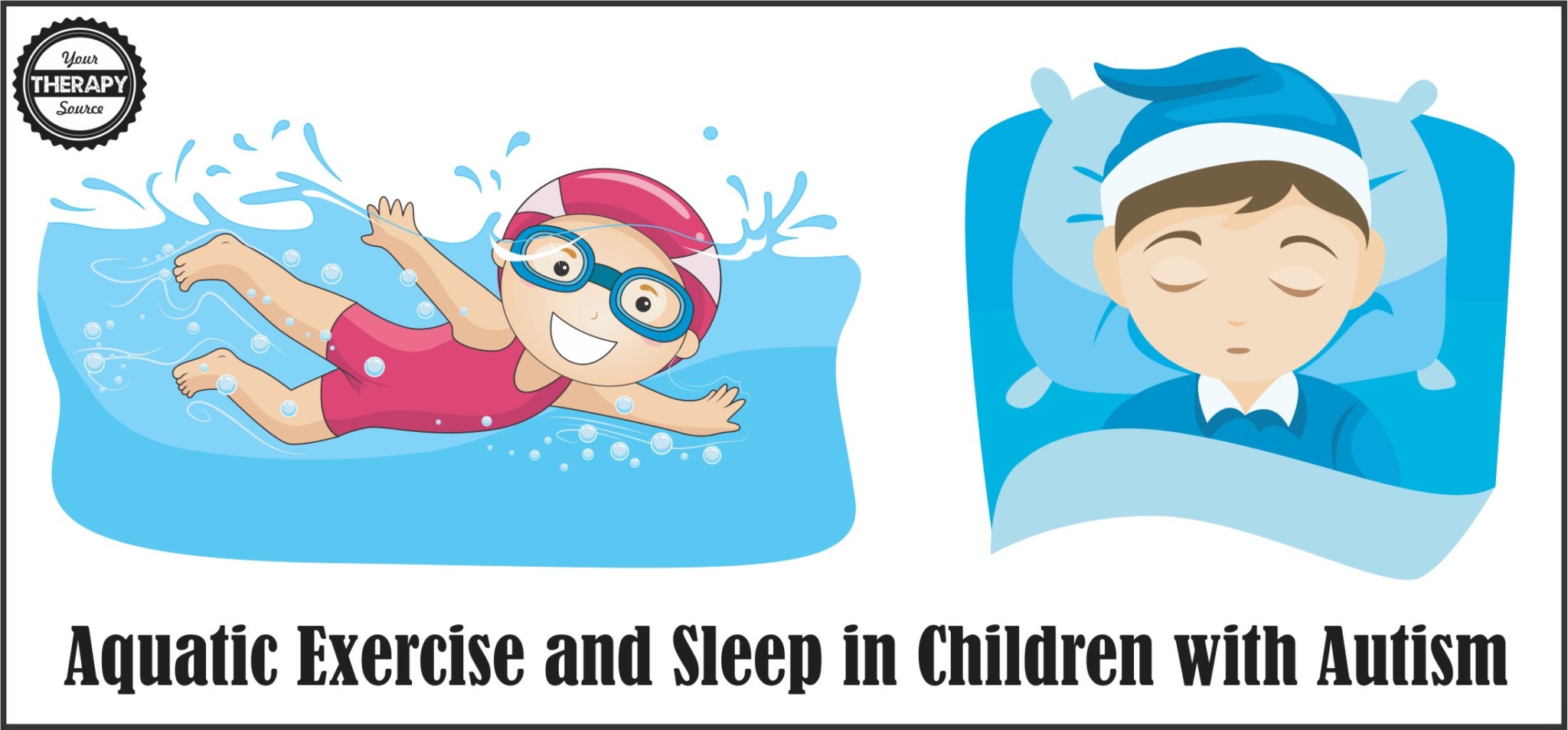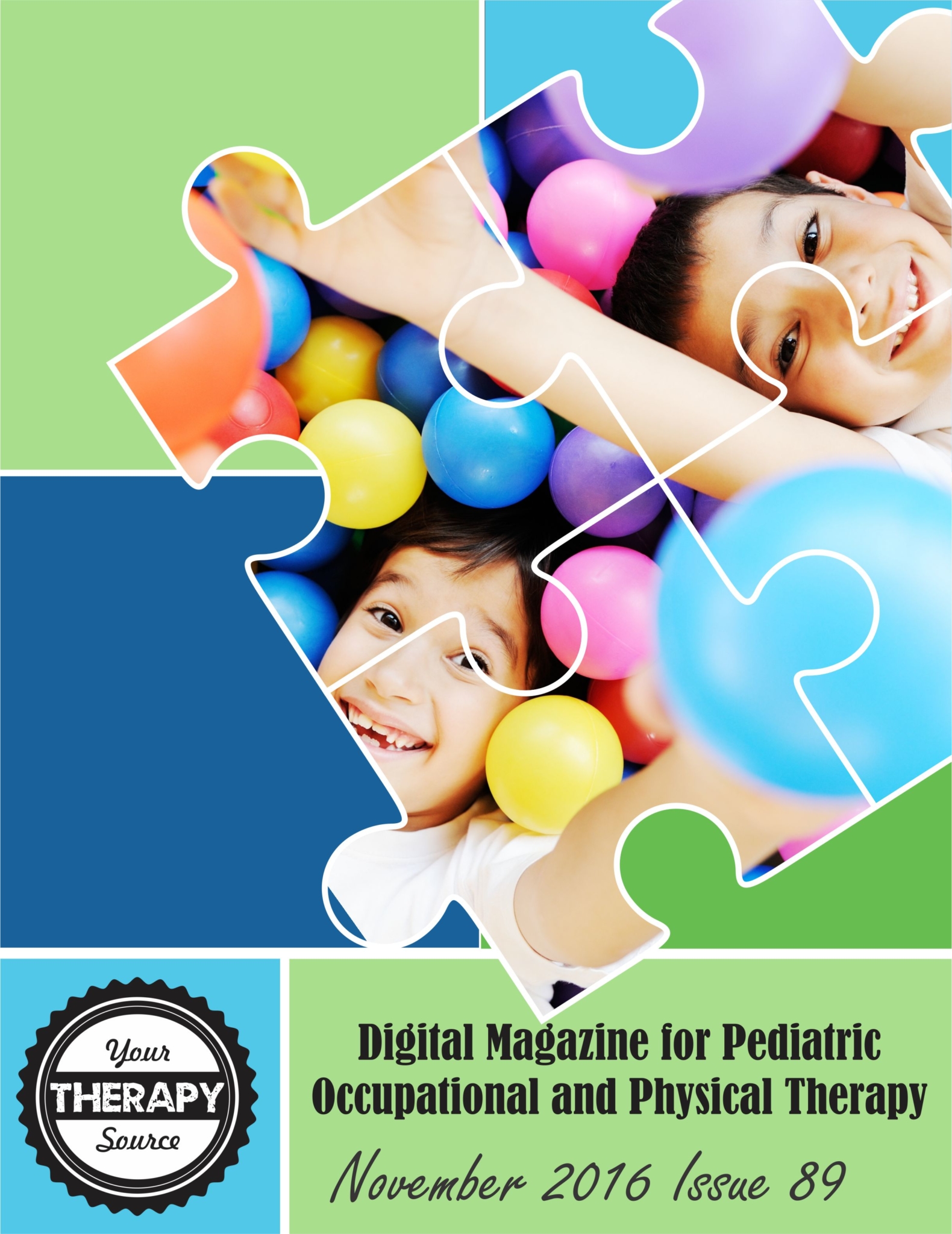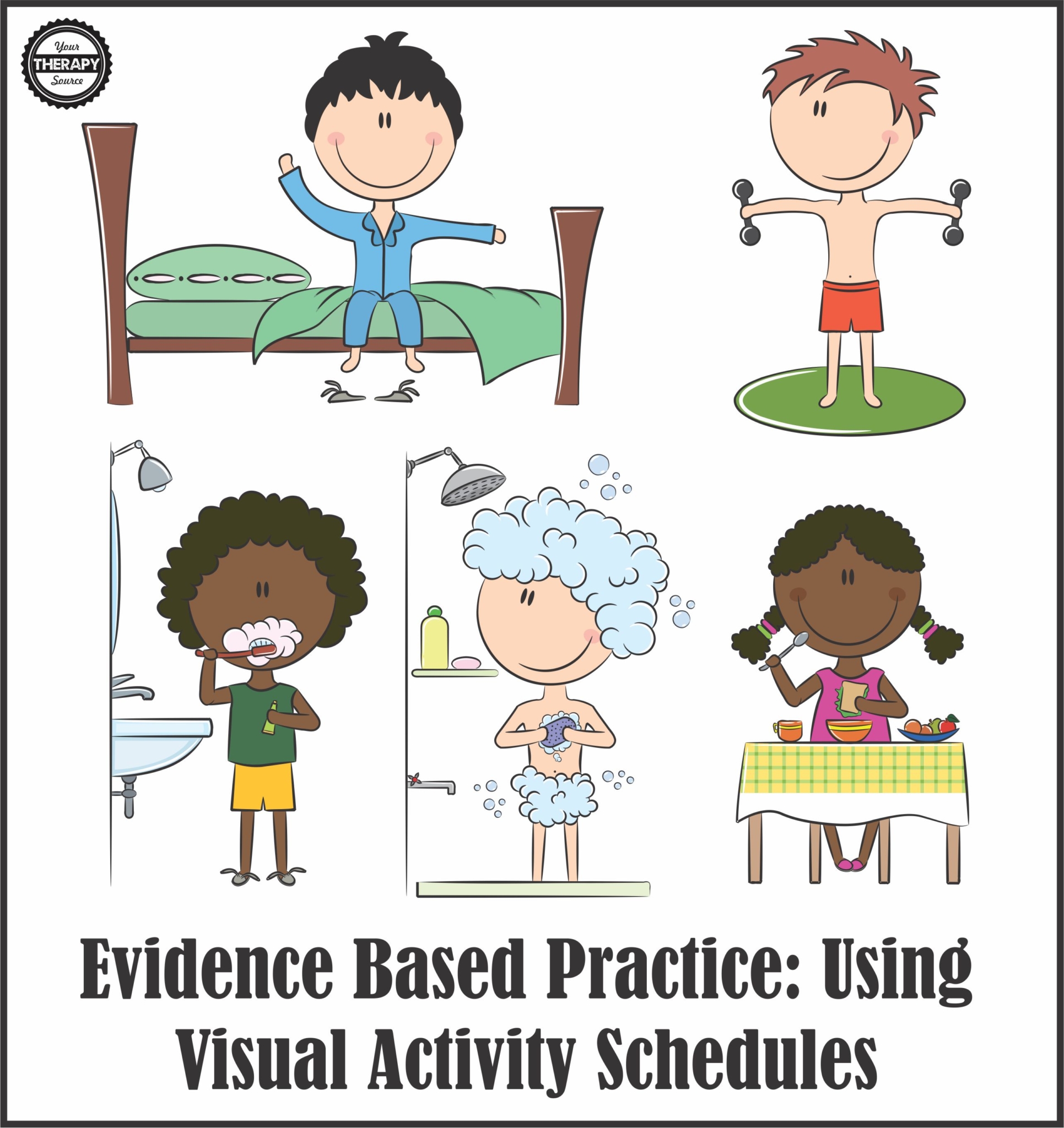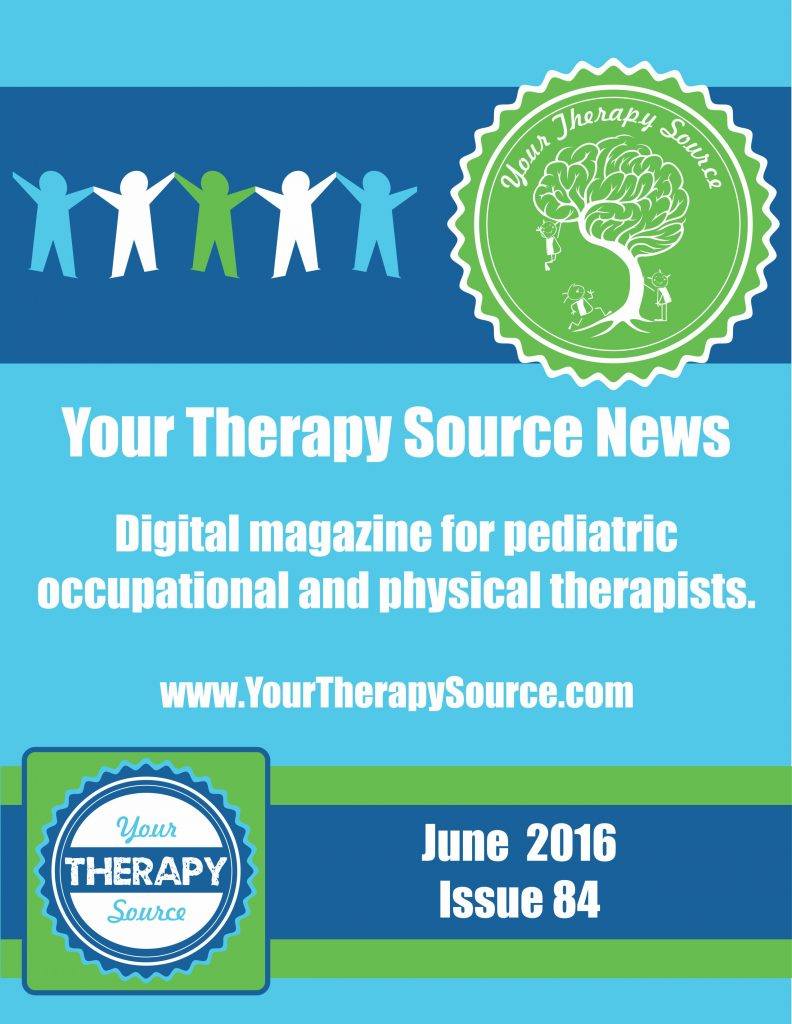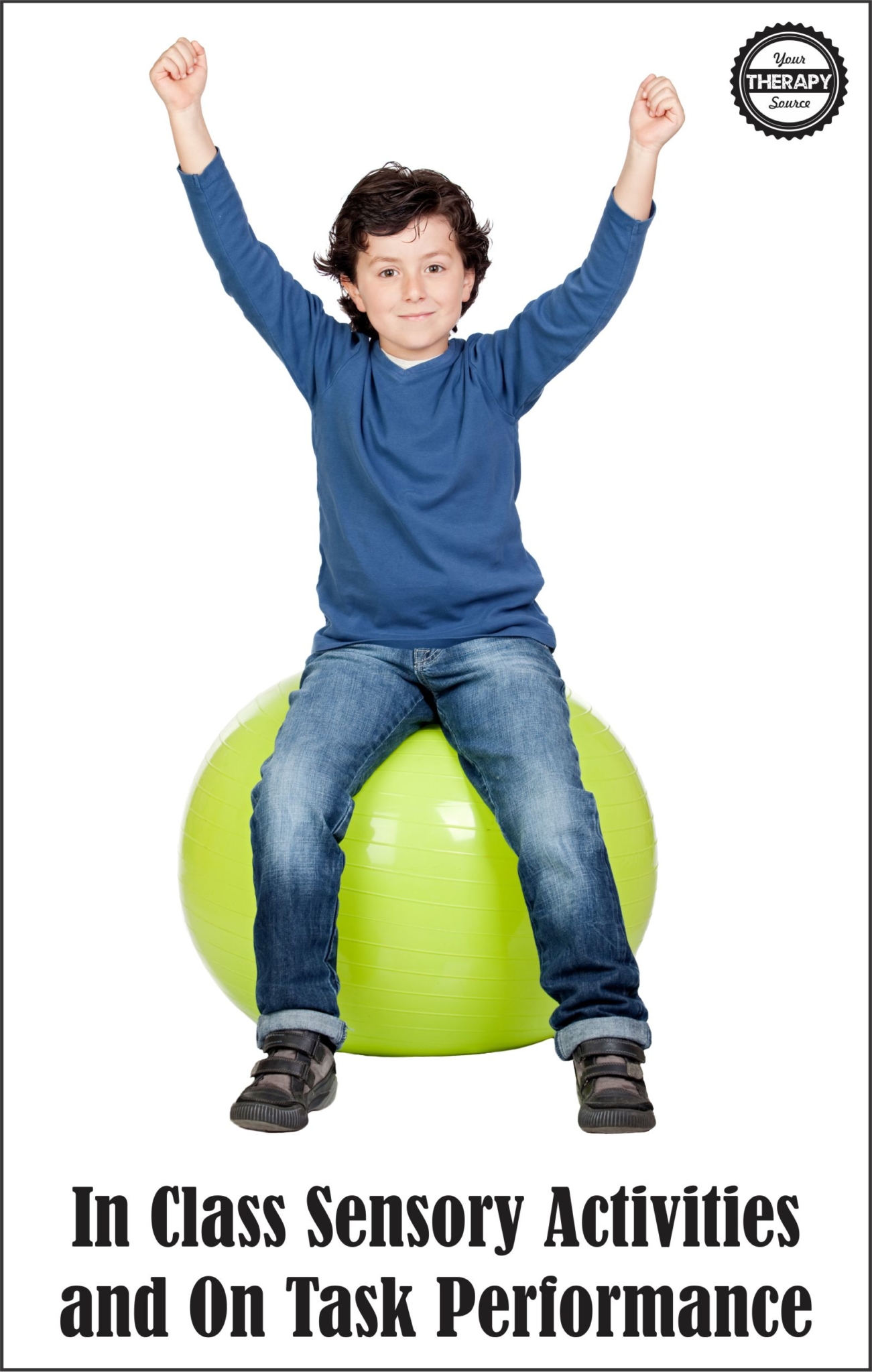Aquatic Exercise and Sleep in Children with Autism
The Focus on Autism and Other Developmental Disabilities published research on whether participation in an aquatic exercise program improved the sleep in 8 children with Autism Spectrum Disorder (ASD). Using an A-B-A withdrawal design for 4 weeks of each phase, the children participated in 60 min of aquatic exercise 2X/week. Data was collected via phone […]

